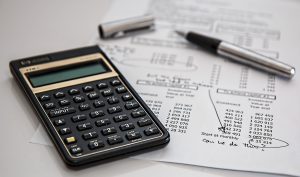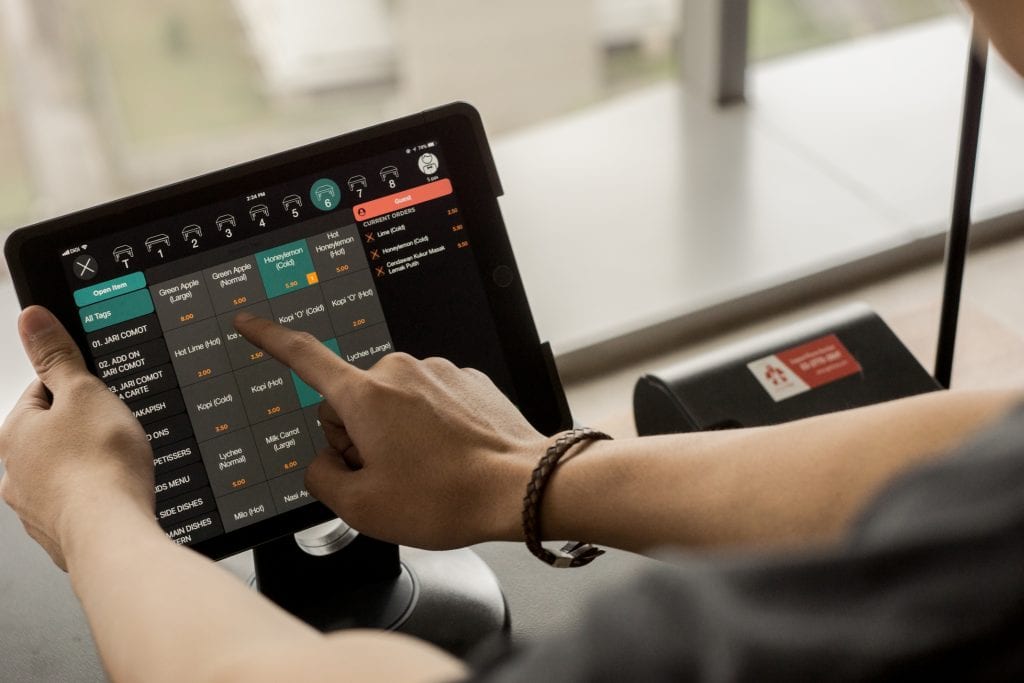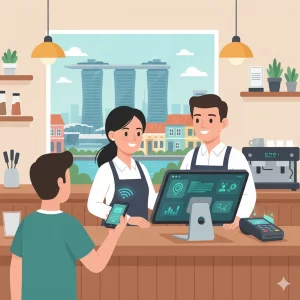
Do you know how much your food is costing you? What percentage of your overall costs is attributed to buying food ingredients?
If you can’t answer these questions, you might be overlooking an important part of your business where you can optimize to save money and increase your profits.
Unlike other retail businesses where products have a longer shelf life and costing is more straightforward, for cafe and restaurant businesses, unused ingredients can go bad and have to be written off as a total loss, increasing your unit costs.
This is why, as an FnB business owner, you need to have a tight grip on your food costs if you are to make money on the long-run. Knowing exactly what you are paying for your inventory means you’ll be able to react better when ingredient costs go up, or when food demand goes down.
Without knowing your exact food costing, you might discover that you’ve raked in a lot of revenues, but don’t have much to show for it when it comes to profitability.
You might rake in RM1 million a year in sales, but if your food costing is out of control, you might be shocked to discover that most of this money has gone into expenses, leaving you without much to show in terms of profits.
In this guide, we’ll help you to understand the key benefits of conducting proper food costing for your business and a formula to help you get started. By the end of this guide, you’ll have a new tool in your hands to help you manage your overall costs better.
3 Key Benefits of Food Costing
Like your cafe or restaurant’s SOPs, food costing can sometimes feel like a boring and unnecessary task. This is far from the truth, however. Food costing is something that will help you optimize your overall operating expenses over time.
To be specific, these are the 3 key benefits of food costing:
Profitable food pricing. You can use your food cost as a guide to price items on your menu correctly. So you’ll always turn a profit on anything you sell on your menu if you want to.
Better food price stability. Customers never like sudden price hikes. But if you don’t have control over your food costs, you might find yourself having to do this more often than your customers would like you to.
Knowing your food costs allows you to respond to price changes in your ingredients or any area that affects your food prices so your customers don’t get a shock.
Overall cost optimization. Finally, food costing fits into the big picture of cost optimization so you can keep your cafe or restaurant more sustainable in the long term. For large restaurants turning in over RM100,000 or more in sales a month, even a 2% cost reduction can be pretty significant over time.
How to Accurately Calculate Your Food Costs
You now know why food costing is important. Let’s get down to the nitty gritty and take a look at how you can start calculating the food costs for your cafe or restaurant in Malaysia.
Step 1. Record all the purchases you make into a tracking system. When it comes to food costing, documentation is everything. Get your staff to keep all receipts of the food items they buy and record them into an inventory system. A convenient way to do this is by using Slurp! POS System’s inventory management feature.
Step 2. Calculate your inventory at the beginning of the week. Once you have everything in your inventory system, calculate the RM value of your inventory at the beginning of the week.
Step 3. Calculate your total sales made per week. Next, calculate how much food you’ve sold in the week.
If you’re using a POS System, you’ll be able to get the figures directly from your system’s analytics section.
Step 4. Calculate the inventory again the next week. Before you start the new week, take stock of your inventory again and get their value in RM. Remember to remove any items that have gone bad.
Step 5. Calculate your total food costs. Once you have the figures from 2 – 4. You’ll be able to get your food cost by using the following formula:
Food cost = Inventory at week start (including new inventory) – Inventory at weekend – food sales
To get your food cost percentage, divide your food cost figure by your food sales figure. According to Restaurant Report, a typical restaurant’s food costs account for between 28 – 35% of its overall costs.TBA****Pro Tip: use our food calculator to quickly get an idea of your cost, why not try out our cost calculator (link).
What to Do With Your Food Cost Figures
Once you have your food cost figure, the most important question to ask yourself is:
Is my food costs too high?
Are you making a healthy profit margin after costs?
As we’ve seen above, food costs typically account for 28 – 35% of a restaurant’s overall costs. If your costs are much higher than this, you’ll need to scale it down to a more sustainable level.
Here are some tips that we think will be helpful for you:
Tips to Cut Down on Food Costs
- Are your serving portions too big? You’ll know by the food that comes back.
- Can you replace an expensive ingredient with a less expensive one without compromising on quality?
- If you are importing ingredients, can you find cheaper local alternatives?
- Are some of your ingredients used in only a few dishes? Why not change them with ones that are used across many dishes? This will allow you to get bulk prices.
- Don’t overlook condiments – are your customers using them? Or are they usually left untouched?
- Are there other suppliers you can use? If so, why not explore their prices?
Conclusion
Food costing can make or break your business. Understanding your food costs can help you to optimize your costs and improve your profit margins. Especially when you have a high sales turnover, every sen saved is a sen earned!
Get started with food costing by keeping track of your weekly inventory and sales to calculate your weekly food cost. Divide your food costs by your food sales figures to get a food cost percentage.
With your food cost figure, you’ll be able to benchmark it with industry figures to decide if your costs are too high and find ways to lower it down to a more sustainable level.
Finally, take advantage of the inventory and sales analytics feature of FnB specialized POS Systems like Slurp to make you food costing task easier.
Before you go… Did You Know? Slurp!’s All-in-One POS System Can Help You with Inventory Management and So Much More!
Slurp! is an all-in-one FnB specialized POS System made especially for Malaysian cafe, restaurant, and bar business owner.

Slurp! makes it convenient to keep track of your inventory and sales, and much more. You’ll do away with complicated spreadsheets and use a system where it will take just minutes to get an accurate food cost figure every week.
The best thing is inventory management is only one of Slurp!’s many FnB System features. We’ve packed Slurp! with features that will help makes your cafe or restaurant operations seamless.
What features? Take a look at them yourself!
Slurp POS’s Core Features:
- POS System
- Real-time monitoring
- Multiple outlet management
- Analytics
- Table management system
Add-on features:
- Waiter app
- Kitchen display
… and more!
If you want to cut down your hours spent management your food costs, sales and front staff to kitchen communication, we think you’ll love our features!





